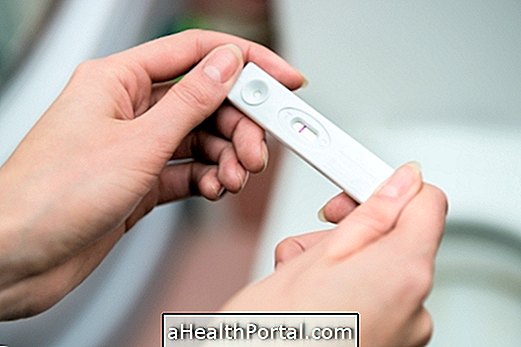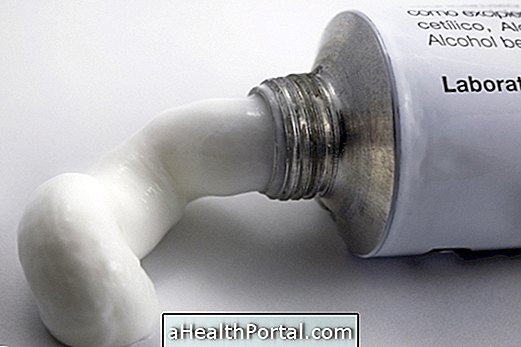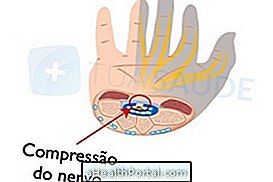Surgery to remove myoma is indicated when the woman has symptoms such as severe abdominal pain and heavy menstruation, which do not improve with the use of medications, but in addition, one should evaluate the interest of the woman to become pregnant because the surgery can make pregnancy difficult future. Surgery is not necessary when symptoms can be controlled with medications or when the woman enters menopause.
Myomas are benign tumors that appear in the uterus in women of childbearing age, causing intense discomfort such as menstrual bleeding and intense cramps, which are difficult to control. Medications may decrease in size and control symptoms, but when this does not happen, the gynecologist may suggest removal of myoma through surgery.

Types of Surgery to Remove the Myoma
Myomectomy is surgery performed to remove myoma from the uterus, and there are 3 different ways to perform the myomectomy:
- Laparoscopic myomectomy : Small holes are made in the abdominal region, through which a micro-camera is passed and the instruments necessary for the removal of myoma. This procedure is only used in the case of myoma that is located on the external wall of the uterus;
- Abdominal Myomectomy : a type of "cesarean section", where it is necessary to cut the region of the pelvis, which goes to the uterus, allowing the myoma to be removed;
- Hysteroscopic Myomectomy : The doctor inserts the hysteroscope through the vagina and removes the myoma, without the need for cuts. Only recommended if the myoma is located inside the uterus with a small part into the endometrial cavity.
Usually surgery for myoma removal can manage the symptoms of pain and excessive bleeding in 80% of cases, however in some women the surgery may not be definitive, and a new fibroid appears in another place of the uterus about 10 years later . Thus, the doctor often chooses to remove the uterus, rather than just remove the myoma. Learn all about uterine withdrawal.
The doctor may also choose to perform an ablation of the endometrium or embolization of the fibroids that are nourishing the fibroids, as long as it is at most 8 cm or if the myoma is in the posterior wall of the uterus because this region has many blood vessels, and can not be cut through surgery.
How is recovery from surgery?
Usually the recovery is fast but the woman needs to rest for at least 1 week to heal properly, avoiding all kinds of physical exertion in that period. Sexual contact should only be done 40 days after surgery to prevent pain and infection. You should see your doctor if you develop symptoms such as bad smell in the vagina, vaginal discharge, and very intense bleeding, a bright red color.
Possible risks of surgery to remove myoma
When surgery for fibroid removal is done by an experienced gynecologist, the woman can relax because the techniques are safe for health and its risks can be controlled. But despite this, during myomectomy surgery, hemorrhage can occur and removal of the uterus is necessary. In addition, some authors affirm that the scar remaining in the uterus may favor uterine rupture during pregnancy or during delivery, but this rarely happens.
When the woman is very overweight, before performing abdominal surgery it is necessary to lose weight to decrease the risks of surgery. But in case of obesity, withdrawal of the uterus through the vagina may be indicated.
In addition, there are studies that prove that some women, despite having their uterus preserved, are less likely to become pregnant after surgery because of scarring adhesions that form due to surgery. It is believed that in half the cases, surgery can make pregnancy difficult for the first 5 years after the procedure.























